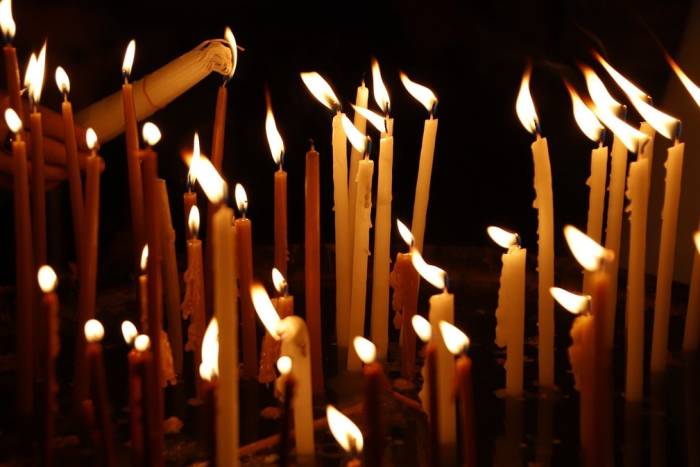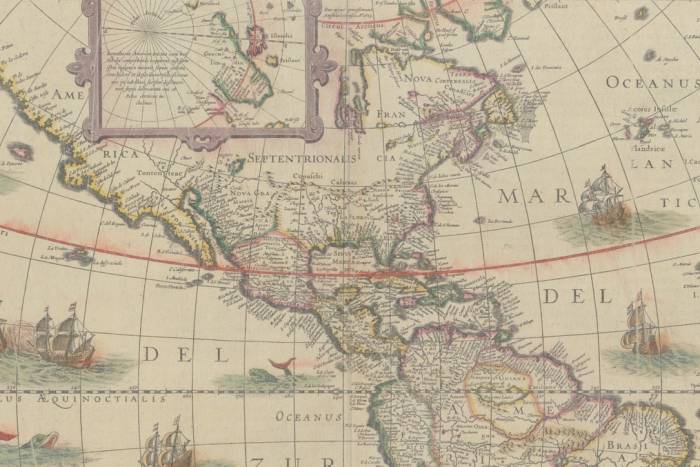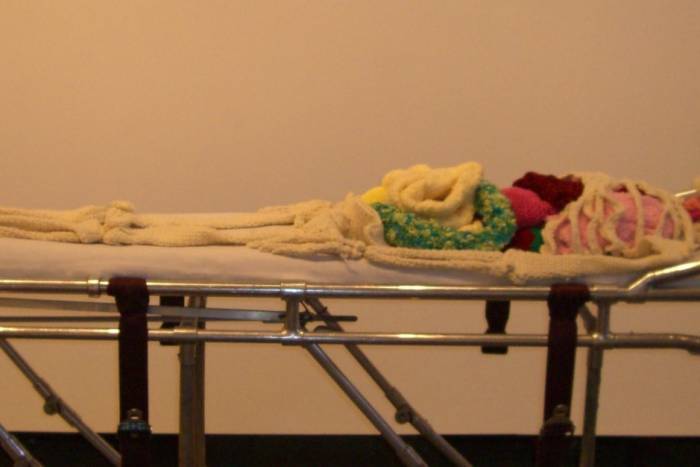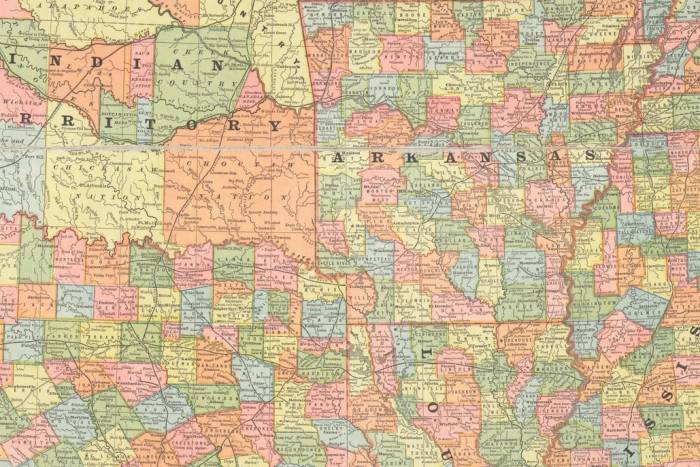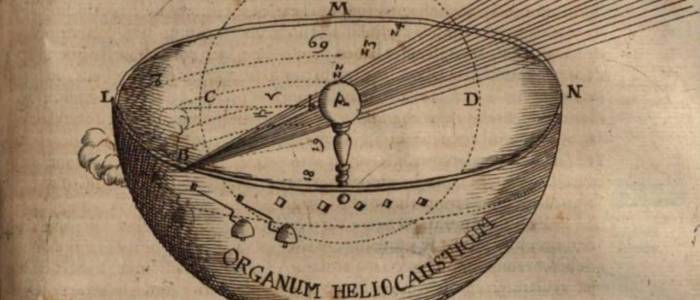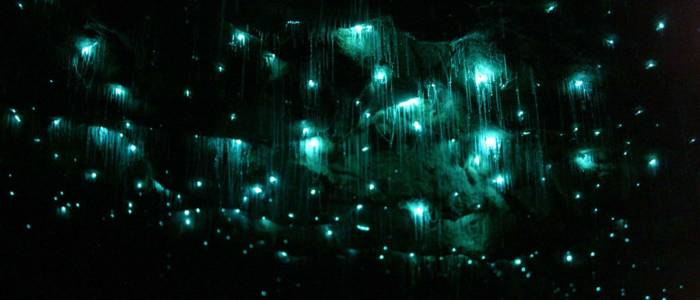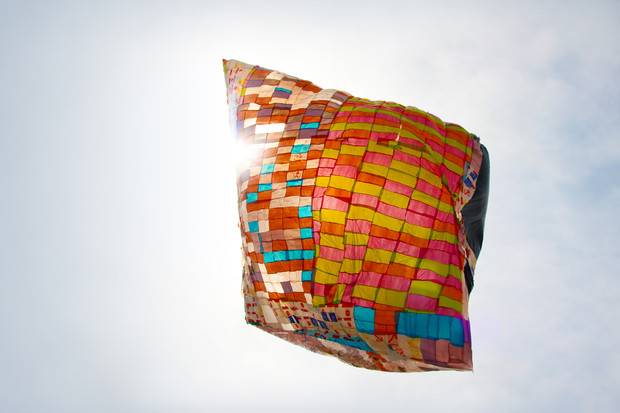The Costume and Allegory of Mardi Gras; A Guide to Turning Fantasy Into Reality
On the festivities typical of New Orleans, an eccentric aesthetic and the forgotten creators who conceived of it all.
For centuries, Mardi Gras and its extravagant spirit have defined New Orleans. One of the elements most representative of the city’s golden age (from the mid- to late 19th -century) were allegorical floats, costumes, and a particular aesthetic which accompanied the entire celebration of the carnival. The creations of artists all but unknown today, their genius, and imaginations, came from unexpected places and today deserve a place within the history of art known as the “carnivalesque.”
The festivity of Carnival was introduced by the French during the conquest of Louisiana in the late 17th-century. It’s celebrated even to this day in the days leading up to Lent. One of the traditions of the New Orleans carnival, and its culmination on Mardi Gras (the Tuesday before Ash Wednesday), was the emergence of Krewes or brotherhoods, in the 19th-century. Krewes were the groups who organized events during the carnival. Every carnival’s Krewes developed their own identities and these generally revolved around a theme inspired by mythology, literature, religion or history. This affected not only the costumes of the participants and the horse-drawn floats, but it seeped even into minor details like invitations and the fans people waved during their presentations.
New Orleans itself then developed a look that revolved around a traditional carnivalesque aesthetic. Some artistic currents of the late 19th-century (like Art Nouveau), always touched with the era’s fascination with the Orient and realms of the fantastic. Until the early 20th-century, the most famous of the New Orleans carnival Krewes were called Rex, Comus, Proteus and Momus, and each had their favorite artists, names that practically nobody knows today, at the time were the celebrated owners of styles like none other. Among them were Jennie Wilde, Charles Briton, Carlotta Bonnecaze, and one of the most admired of his era, the Swedish, Bror Anders Wikstrom. Many others anonymously laid the foundations for these styles, replete with beauty, exoticism and, of course, excess.
One of the most complete records of these artists’ work is the Carnival Collection, part of the collection of the research department at the University of Tulane. The library has digitized about 5,500 costume sketches, allegorical floats, and inspirational guides that offer a journey through the history of the carnival. Many of the drawings – in ink and watercolor – were made as disposable manuals for the production of costumes and floats. Many have holes where they’d been tacked to the workshop walls. The photographic record of the time shows that these ambitious drawings, of course, resulted in rather different things when transported into reality. But the drawings, and their intentions, reveal a magic still surprising today.
A demonstration of imagination and visual exuberance, the works survive as witnesses to all but forgotten talents, an art to remind us of the path leading fantasy back into reality.
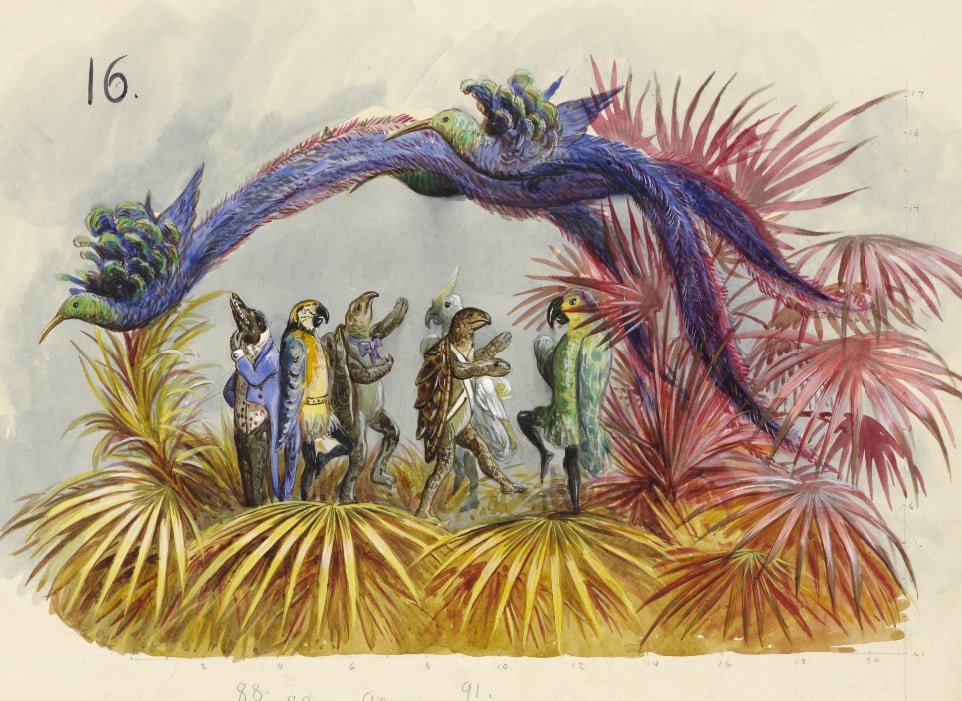
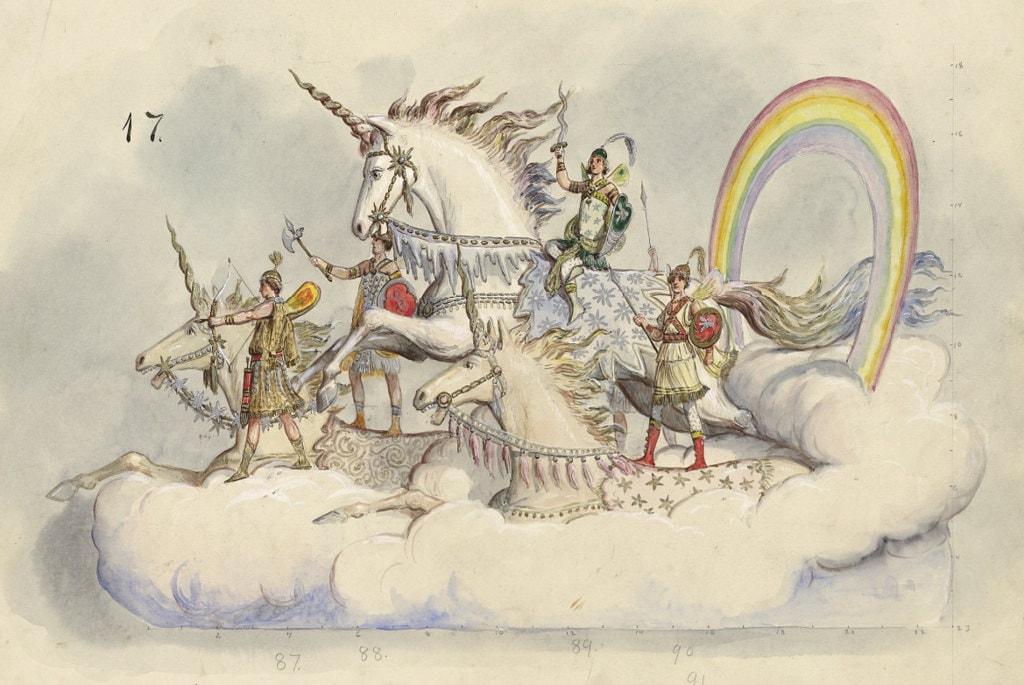
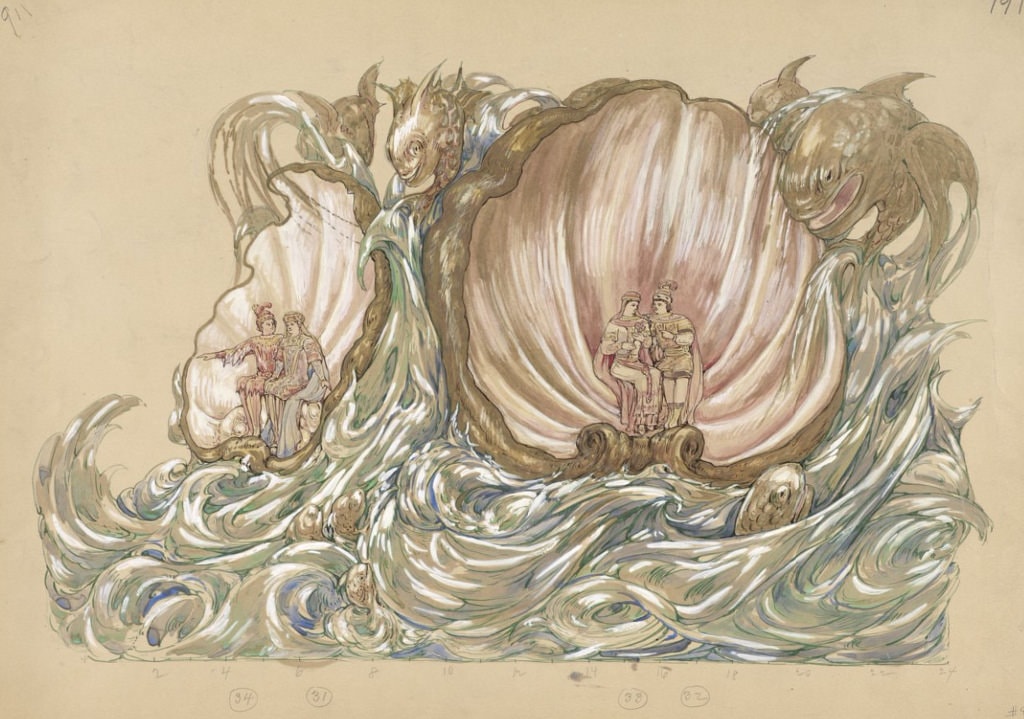

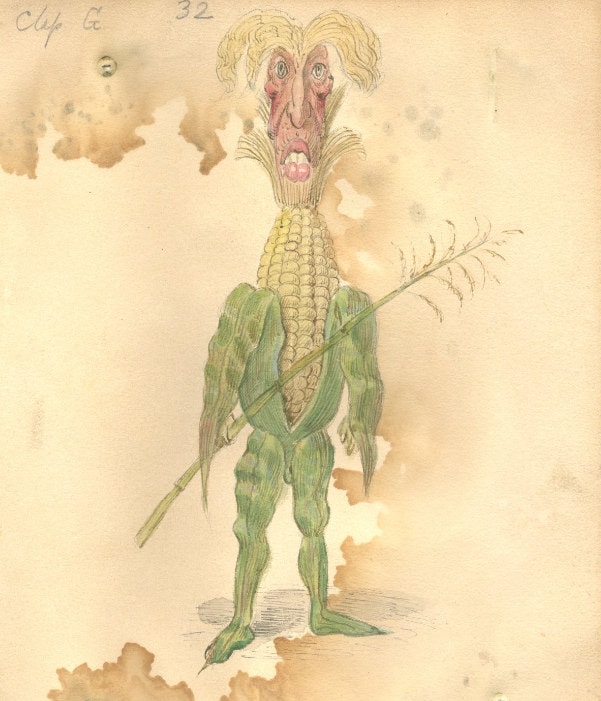
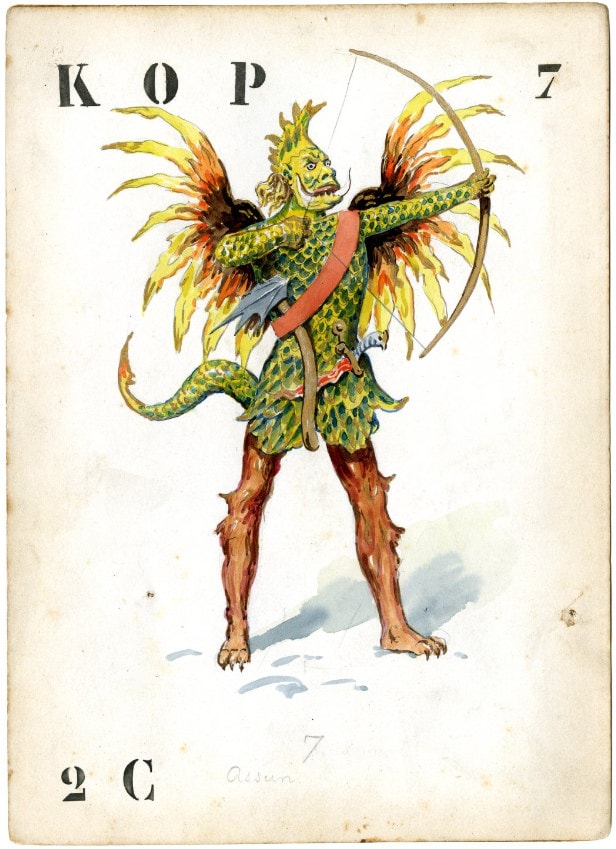
Related Articles
When ancient rituals became religion
The emergence of religions irreversibly changed the history of humanity. It’s therefore essential to ask when and how did ancient peoples’ rituals become organized systems of thought, each with their
Seven ancient maps of the Americas
A map is not the territory. —Alfred Korzybski Maps are never merely maps. They’re human projections, metaphors in which we find both the geographical and the imaginary. The cases of ghost islands
An artist crochets a perfect skeleton and internal organs
Shanell Papp is a skilled textile and crochet artist. She spent four long months crocheting a life-size skeleton in wool. She then filled it in with the organs of the human body in an act as patient
A musical tribute to maps
A sequence of sounds, rhythms, melodies and silences: music is a most primitive art, the most essential, and the most powerful of all languages. Its capacity is not limited to the (hardly trivial)
The enchantment of 17th-century optics
The sense of sight is perhaps one the imagination’s most prolific masters. That is why humankind has been fascinated and bewitched by optics and their possibilities for centuries. Like the heart, the
Would you found your own micro-nation? These eccentric examples show how easy it can be
Founding a country is, in some ways, a simple task. It is enough to manifest its existence and the motives for creating a new political entity. At least that is what has been demonstrated by the
Wondrous crossings: the galaxy caves of New Zealand
Often, the most extraordinary phenomena are “jealous of themselves” ––and they happen where the human eye cannot enjoy them. However, they can be discovered, and when we do find them we experience a
Think you have strange reading habits? Wait until you've seen how Mcluhan reads
We often forget or neglect to think about the infinite circumstances that are condensed in the acts that we consider habitual. Using a fork to eat, for example, or walking down the street and being
The sky is calling us, a love letter to the cosmos (video)
We once dreamt of open sails and Open seas We once dreamt of new frontiers and New lands Are we still a brave people? We must not forget that the very stars we see nowadays are the same stars and
The sister you always wanted (but made into a crystal chandelier)
Lucas Maassen always wanted to have a sister. And after 36 years he finally procured one, except, as strange as it may sound, in the shape of a chandelier. Maassen, a Dutch designer, asked the

